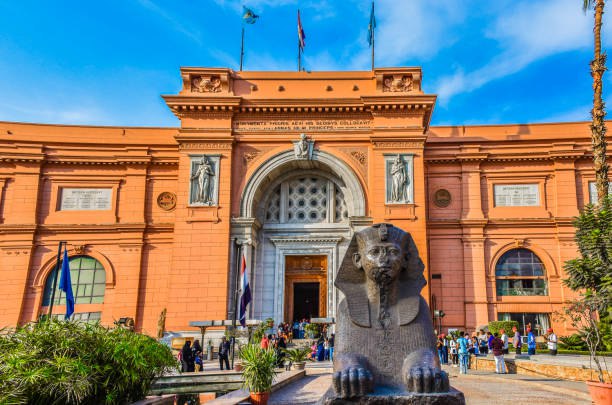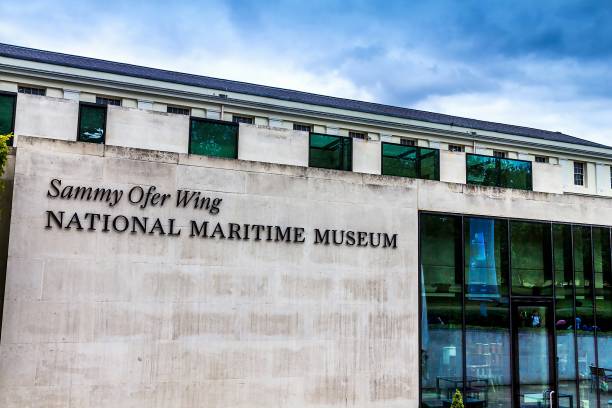The Great Sphinx of Giza stands as one of ancient Egypt’s most iconic monuments, attracting historians, archaeologists, and curious travelers from around the world. Majestically positioned next to the Great Pyramids, this monumental limestone statue has inspired awe for centuries. If you're planning a trip to Egypt, the Sphinx is an unmissable destination. Here’s an exploration of what makes this colossal figure so captivating:
1. A Monument Shrouded in Mystery
The Great Sphinx is an enigma with a rich historical backdrop. Carved from a single mass of limestone, it features a lion's body and the head of a pharaoh, most commonly believed to represent Pharaoh Khafre. What makes the Sphinx particularly intriguing are the ongoing questions regarding its origins, purpose, and the identity of the pharaoh depicted. Though scholars debate its construction date, some suggest it was built around 2500 BCE, while others speculate it could be older still.
2. The Sphinx’s Deep Symbolism
Throughout history, the Sphinx has been considered a symbol of power, wisdom, and protection. Its lion’s body signifies strength and authority, while the human head represents the intellect and divine right of the pharaoh. This combination of human and animal forms highlights the sacred nature of kingship, reinforcing the belief that pharaohs were both divine rulers and godlike figures. Visitors are often struck by how the Sphinx serves as a profound reminder of Egypt’s royal lineage and mythology.
3. The Monument’s Astonishing Size
The sheer scale of the Great Sphinx is enough to leave visitors awestruck. 66 feet (20 meters) tall and stretching 240 feet (73 meters) in length, it is the largest monolithic statue in existence and the largest sphinx ever discovered. The size and magnitude of the statue add to its air of mystery, making it even more impressive against the backdrop of the Giza Plateau.
4. The Mysterious Face of the Sphinx
The face of the Great Sphinx has been a subject of much speculation. Although the nose and beard are missing, the remaining features of the face suggest it likely represents a specific pharaoh. Many link the face to Khafre, who is also believed to have constructed the Pyramid of Khafre. Yet, some researchers propose that the Sphinx’s features could have been altered over time. The serene and enigmatic expression on the face has stood the test of time, sparking fascination for millennia.
5. The Cultural Significance of the Sphinx
The Great Sphinx was not just an ornamental figure; it played an important role in Egyptian culture and religion. It is widely believed that the Sphinx served as a guardian for the pyramids, protecting the sacred site. Some theorists also associate the Sphinx with the sun god Ra, as it faces the rising sun, possibly playing a part in ancient Egyptian sun worship and rituals related to life and death cycles.
6. The Missing Nose and Beard
One of the most talked-about features of the Sphinx is its missing nose, which has sparked numerous theories about its disappearance. Some believe it was deliberately destroyed by an invader or vandal, while others claim that it simply eroded over time due to desert winds. Similarly, the Sphinx’s beard has also been lost, though fragments of it were once exhibited in museums. These missing parts add an element of mystery, suggesting that there is still much to uncover about the Sphinx’s past.
7. A Testament to Ancient Egyptian Engineering
The construction of the Great Sphinx speaks volumes about the architectural genius of the ancient Egyptians. Carved from the bedrock of the Giza Plateau, this monumental statue showcases the advanced engineering techniques and artistic abilities of the time. As you explore the Sphinx, you can’t help but admire the precision and craftsmanship that went into creating such a massive and detailed structure that has endured for thousands of years.
8. The Sphinx in Modern Egypt
In the present day, the Great Sphinx remains a national symbol of Egypt, representing its rich history and cultural heritage. Featured prominently in films, documentaries, and photographs, it is an emblem of ancient Egypt’s splendor. The monument attracts millions of visitors each year, making it one of the world’s most visited and celebrated landmarks. Many tourists flock to the Sphinx to capture the iconic shot, with the Pyramids of Giza in the background.
9. The Sphinx Amidst Giza’s Grandeur
The Great Sphinx is part of the larger Giza Plateau, which also houses the Great Pyramid and the Pyramid of Khafre. Exploring the area around the Sphinx allows you to see how it fits into the greater context of ancient Egypt’s architectural and ceremonial landscape. The view of the Sphinx alongside the pyramids, with the desert stretching out before you, is a breathtaking and humbling experience, offering a powerful connection to the history and glory of ancient Egypt.
10. Tips for Visiting the Great Sphinx
To make the most of your visit to the Great Sphinx, consider these helpful tips:
- Timing: Arrive early in the morning or late in the afternoon to avoid crowds and enjoy the best light for photographs.
- Guided Tours: A guided tour will help you uncover the many secrets of the Sphinx and provide fascinating insights into its meaning, history, and surrounding monuments.
- Nearby Attractions: Be sure to visit the nearby Pyramids of Giza, the Solar Boat Museum, and explore the entire Giza Plateau for an unforgettable experience.
To explore the Egyptian Museum in Cairo and plan your visit, skyroutetravel.com for more information and to book your journey!

 India
India
 Sri Lanka
Sri Lanka




0 comments for this post